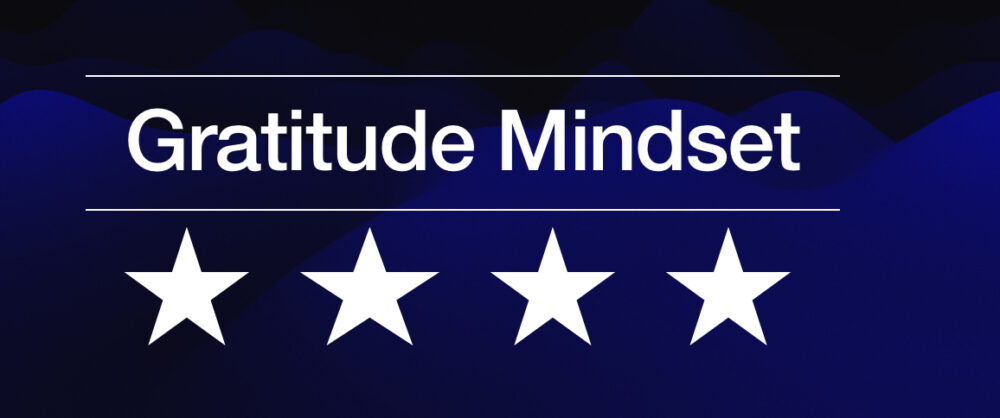Nicotinamide riboside — also called niagen — is a form of vitamin B3 that might be able to reverse signs of aging and might keep your mitochondria, the powerhouses of the cell, healthy.
One of the hallmarks of aging is a process known as “mitochondrial dysfunction”, a term that refers to our cells’ general loss in power and efficiency over time. It may be one of the reasons we age at all. Mitochondrial dysfunction occurs when your mitochondria lose the ability to function normally. It can happen if the mitochondria present in your cells are not functioning as they should. And if the mitochondria are at the heart of why we age, it makes sense to look at every possible way of keeping them functioning for as long as possible.
That’s one of the reasons why some of the world’s leading scientists are turning to nicotinamide riboside. This unique form of vitamin B3 shows the potential to affect mitochondrial health and in turn, many of the age-related problems associated with it.
Understanding the mitochondria.
Inside almost every cell are these tiny, strangely shaped organelles called mitochondria— “the powerhouses of the cell.” These mini-organs are responsible for producing 90% of the energy we need in our bodies. The mitochondria are the reason why we exist as the complex animals we are today, rather than bacteria.
We didn’t always know just how vital the mitochondria were to our health. One key way of keeping mitochondria healthy is a molecule known as NAD+ (nicotinamide adenine dinucleotide). Our cells naturally produce NAD+, and we use it constantly throughout the day.
We also know our NAD+ supply declines as we age. Once researchers realized NAD+ could be the key to keeping our cells healthy, they scrambled for a way to make more of it.
The beginning of the vitamin B3s.
Researchers already knew of two vitamins that began the chemical process to increase NAD+: niacin and nicotinamide. These were discovered in the 1930s and used to treat pellagra, a potentially deadly vitamin B3 deficiency disease.
Niacin would also go on to be a treatment for high cholesterol in the 1950s. However, people found that ingesting niacin in high doses sometimes resulted in an annoying skin flush that was both irritating and unsightly.
Nicotinamide didn’t cause the skin flush and could in theory provide a lot of the same benefits, but it inhibited the activation of important cellular repair promoting proteins known as sirtuins. Neither nicotinamide nor niacin were as effective as researchers were hoping they’d be.
Although these two vitamins were NAD+ precursors, they weren’t ideal solutions. With niacin’s negative side effects, and the relative effectiveness of nicotinamide, researchers still didn’t have a good enough vitamin supplement for increasing NAD+ levels.
The discovery of nicotinamide riboside.
Another vitamin B3 known as nicotinamide riboside was discovered in the 1940s in yeast. But it wasn’t until the early 2000s that scientists began to see the potential of this third form of vitamin B3 to not only increase NAD+ but also improve human health in general. In 2004, a Dartmouth College research team discovered that nicotinamide riboside, like its vitamin B3 brothers, was also a precursor to NAD+.
The team, led by Charles Brenner, PhD, found that nicotinamide riboside could increase NAD+ in mice and that those mice experienced a plethora of health benefits as a result.
The mice showed everything from improved blood sugar levels and cholesterol levels to reduced nerve damage, and resistance to weight gain. Dr. Charles Brenner found these results so inspiring, he took the next step to see what nicotinamide riboside could mean for human health.
In 2014, Dr. Charles Brenner became the first human to consume nicotinamide riboside as a supplement. The results were just as promising. This relatively unknown form of vitamin B3 significantly increased his NAD+ levels safely, quickly, and without any negative side effects.
Conclusion
Nicotinamide riboside (NR), also called niagen, is an alternative form of vitamin B3. NR is promoted as an anti-aging supplement because it is converted by your body into nicotinamide adenine dinucleotide (NAD+), a coenzyme or helper molecule, which is critical to cellular repair and the repair of damaged DNA, and which acts as fuel for many key biological processes, such as:
- Converting food into energy
- Repairing damaged DNA
- Fortifying cells’ defense systems
- Setting your body’s internal clock or circadian rhythm
“NAD+ is gradually lost as we get older or develop chronic diseases. Loss of NAD+ is linked to obesity and other negative lifestyle habits like smoking,” Christopher Martens, assistant professor of kinesiology and applied physiology and director of the Delaware Center for Cognitive Aging Research said. “Because more NAD+ is needed to counteract those negative consequences, it’s more likely to be depleted in the face of negative lifestyle habits.”
References:
- https://www.truniagen.com/blog/our-ingredient/is-nicotinamide-riboside-really-an-anti-aging-supplement/
- https://www.truniagen.com/blog/science-101/mitochondria-the-powerhouse-of-the-cell/
- https://www.healthline.com/nutrition/nicotinamide-riboside
- https://neurosciencenews.com/nicotinamide-riboside-alzheimers-22550/
Like this:
Like Loading...






